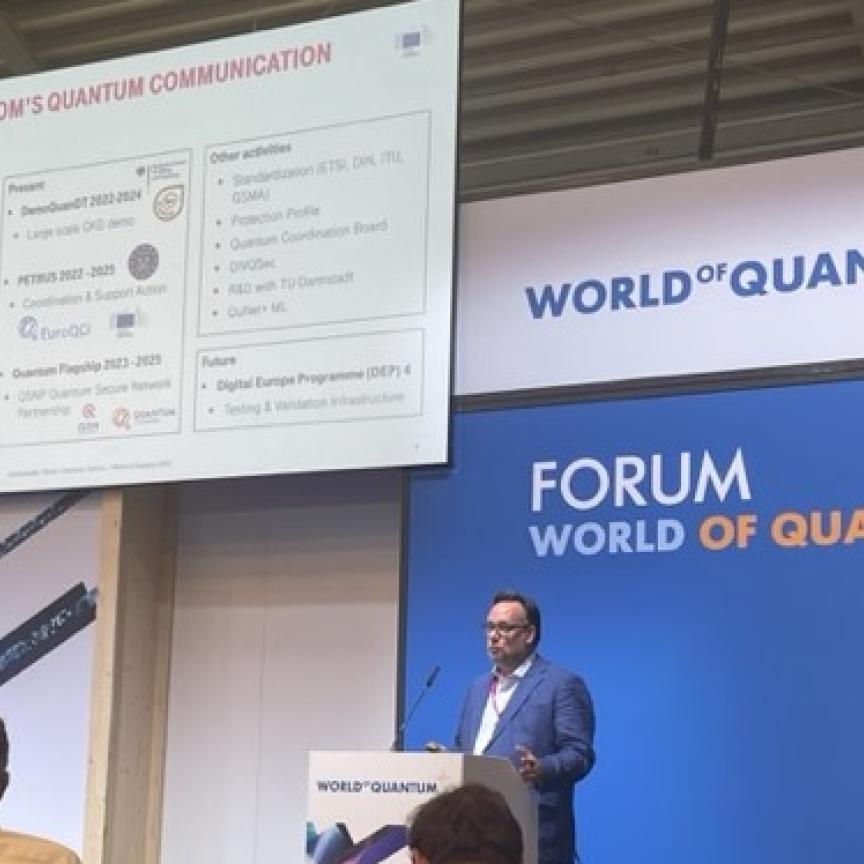Keysight Technologies has developed new technology that will enable the company to deliver real-time and equivalent-time oscilloscopes with bandwidths greater than 100GHz.
The new ‘scopes are aimed at engineers working with next-generation, high-speed interfaces, such as the upcoming IEEE P802.3bs 400G, as well as terabit coherent optical modulation, who will need to measure high-speed electrical parameters. These technologies will also play a key role in validating fifth-generation (5G) wireless designs.
Keysight currently offers high-performance Infiniium Z-Series oscilloscopes with bandwidths up to 63GHz and multi-channel equivalent time oscilloscopes with bandwidths exceeding 70GHz. The next-generation oscilloscopes, available in 2017, will deliver bandwidths starting at 80GHz and going beyond 100GHz.
The breakthrough hinges on the successful turn-on of chipsets that take advantage of Keysight’s proprietary indium phosphide semiconductor technology. Six years ago, Keysight released its first oscilloscope with chipsets built in indium phosphide, and says it is still the only company that produces oscilloscopes made with indium phosphide chipsets.
Now Keysight has developed the indium phosphide process further, allowing it to scale the transistor switching frequencies beyond the 300-GHz level, enabling higher bandwidths in both the chips and the end products.
“Our expertise in microwave semiconductor technology has allowed us to deliver the next-generation indium phosphide process to create a breakthrough in real-time and equivalent-time oscilloscope performance, and it will enable significant advancements in other Keysight products over time as well,” said Jay Alexander, senior vice president and chief technology officer of Keysight Technologies.
Signal analysis capabilities at 100GHz and beyond will be needed as data rates continue to extend beyond 56Gb/s NRZ and 56Gbaud multi-level signalling, and the new chipsets have been designed with this in mind.
Bandwidth is not the only enhancement expected in the new oscilloscope families. The real-time oscilloscopes will feature a new 10-bit analogue-to-digital converter that allows higher vertical resolution of signals captured at ultra-high bandwidth, and more than one maximum bandwidth input channel per oscilloscope to enable tight channel synchronisation.
“Our goal is to move multiple performance parameters ahead simultaneously,” said Dave Cipriani, vice president and general manager of Keysight’s oscilloscope business. “[Our new oscilloscopes] will have a lower noise density, providing higher-resolution measurements in tightly-synchronised, multi-channel systems. Whether customers are measuring higher baud rates, higher order QAM signals or multi-channel systems, these next-generation scopes will meet their needs.”

